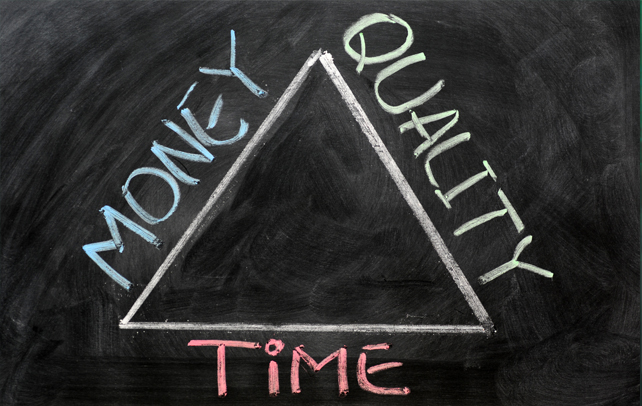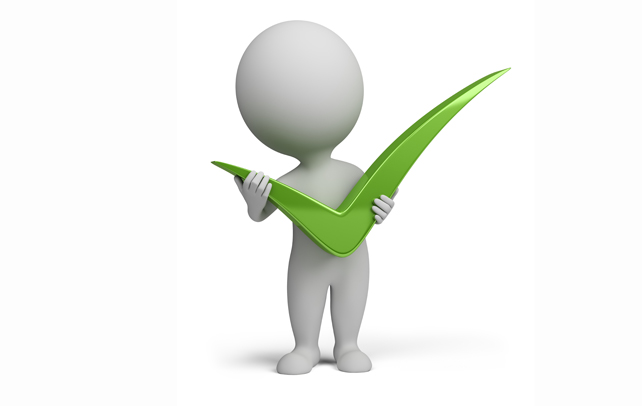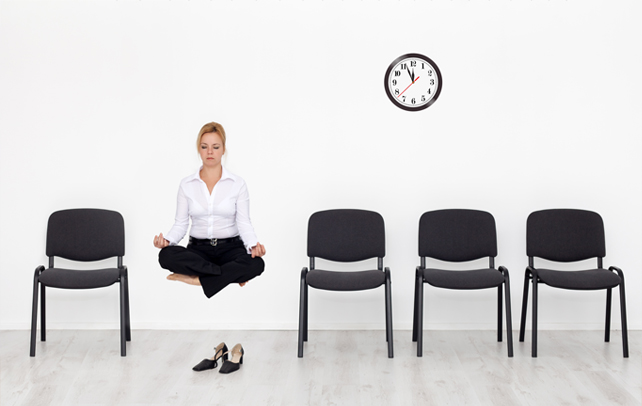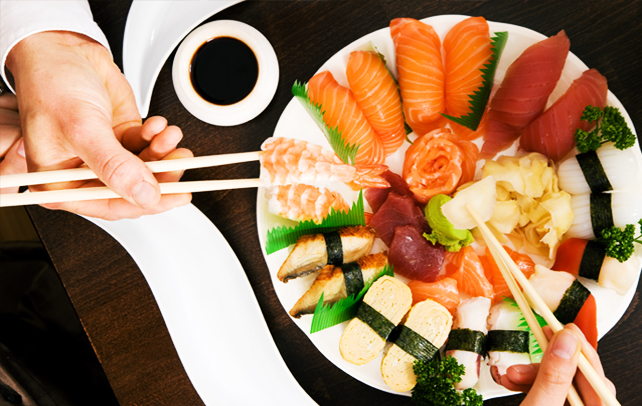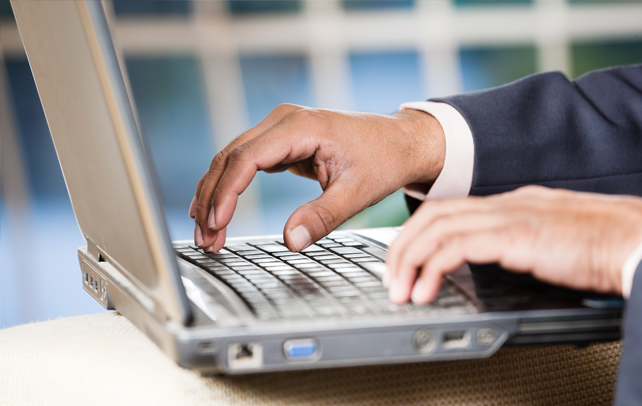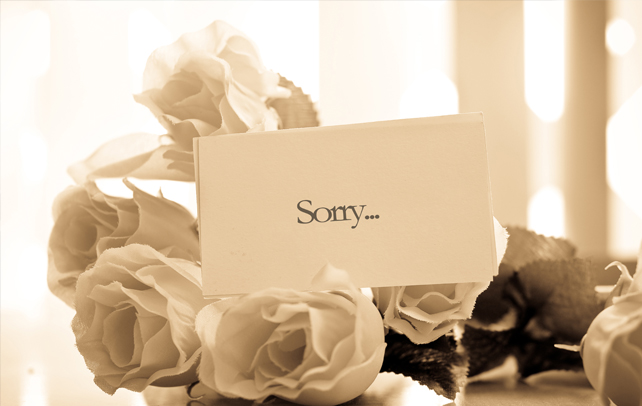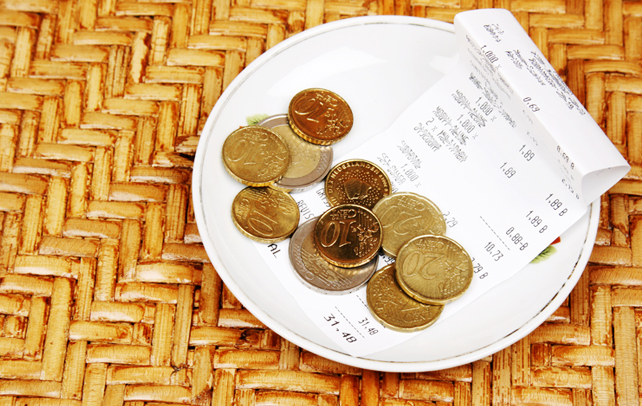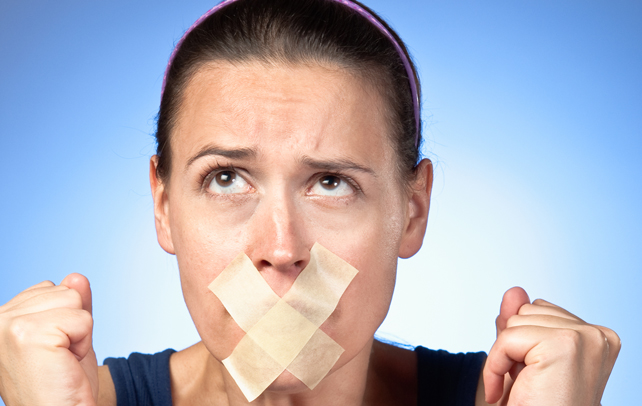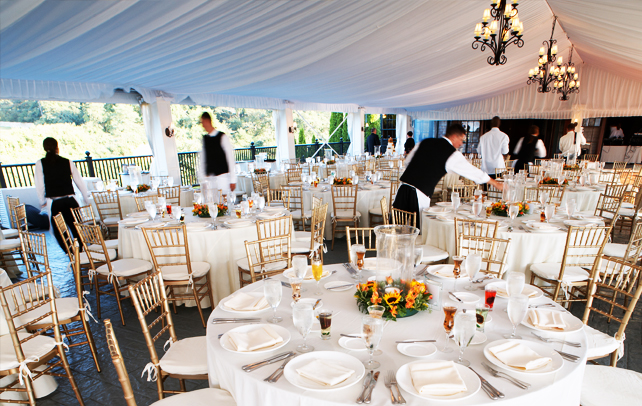Business Lunch Etiquette Tips
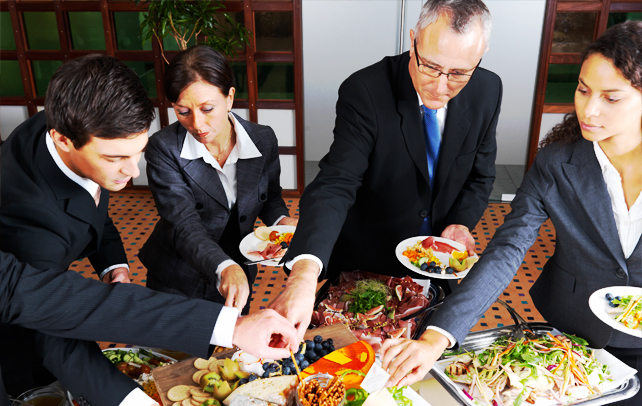
Picture this: Two big company heads need to discuss an important matter over a meal. Now, if you are one of the two people who called for the meeting then it is also your duty to learn about good table manners and etiquette that need to be followed during the course of the conversation. What can be more disastrous than a failed business proposition because of bad or inappropriate eating habits? With a confident and comfortable personality comes proper business lunch etiquette. Professionals believe that more deals get through over lunches than in board rooms. So, it is clear that this sort of interaction must not be taken lightly or as a casual get-together. Etiquette at the table is not just something that your strict dad insisted on; they are what demarcate you as a civil and social being. The most important thing to remember here is that a business lunch is a meeting in disguise and not a meal. For those who have not been exposed to the concept of business lunches, this article gives a list of rules, tips and conduct advice. Read further to learn more!
Etiquette For Business Lunch
Pre-Lunch
- The first and foremost mistake that most professionals make is being tied up with other appointments until the last minute and thus, turning up late. Always be on time or slightly earlier, if possible. Traffic, parking and other unforeseen issues may turn up. In any case, if you are running late, make sure that you keep the other person informed. Maintain a 15-minute buffer time before making the call to your colleague/partner to check on their status of arrival.
- If you are carrying handbags, purses, laptop bags or briefcases, it is always advisable to place them on the floor next to you or on an empty chair. Don’t put anything on the table, cell phone included (switch it off preferably)! Offer a firm handshake and wait until you are asked to be seated, following which, you can gently pull your chair and sit.
- Another factor is posture and body language. Don’t prop yourself up on the chair and portray the attention span of a goldfish! Getting distracted by phones and other irrelevant activities around you, does not give a good first impression. Elbows on the table are prohibited; keep them on your lap or the edge of the table.
- Usually an opening statement will help reduce the initial awkwardness of the situation. For example, a simple, ‘thank you for taking the time’ would be sufficient. If there is more than one person at the table, it is best to acknowledge them with a smile and wait to be introduced. What’s important is not gender but position/rank of the persons present there. It is not necessary to dive into the point of the meeting immediately. You can make quick and small talk, probably about two sentences.
During Lunch
- Ordering can be left to the person who has visited the place before or the waiter can be consulted for opinions and specialties. But try not to place an order for your business associate if they look comfortable doing it on their own. Always, always, always let the other person(s) order before you. This is simple courtesy.
- Depending on the setting — formal or semi-formal — you will see knives and forks placed before you. As soon as you find the napkin, unfold it and place it on your lap/knees. In case you need to excuse yourself to go to the washroom, place the napkin on the empty chair or on the left side of your plate.
- The multitude of cutlery could be intimidating to a newbie. The logic is simple: knives and spoons are placed on the right and forks on the left. The one located farthest from you is for the first course and so on. A side plate is always to your left, to which you transfer all the food. Avoid ordering breads and difficult foods such as artichokes, asparagus etc. This clears your mind of the tension of eating and focuses on the business dealings. Desserts can be fruits or puddings. So be prepared to pick out the spoon and fork closest to you for this purpose.
- Pause between mouthfuls and place your cutlery down each time. Do not concentrate on eating as you are there to have a serious discussion. Avoid talking while chewing and always place your knife and fork down, crossed. Once you are done with your meal, you need to place the cutlery vertically or diagonally in the centre of the plate to indicate to the server that you have finished.
Post-Lunch
- After eating, the napkin can be placed on the right side of the plate and the spoon and fork placed appropriately on the plate. You may talk about the nature of service and the quality of food provided to you since, by that time you and your colleagues would have had ample discussions.
- The biggest discomfort lies during payment of the bill. The logic is, if you have been invited or have pre-discussed that a particular person is paying then you don’t even have to take out your wallet! Usually, the bill is never split and one person pays. Tipping is mandatory at such times. The amount must be proportional to the service and food that you have received. Sometimes, the client/business partner can be put off by over-tipping.
- At the end of the session, wait for the senior-most people to get up before you do. This signifies respect and good business etiquette. Promise to keep in touch and get back with queries or doubts. Also, be very polite when it comes to leaving and saying the final word.
These are some of the important business lunch etiquette tips to keep in mind. Hope they were of some use in sealing the deal!


